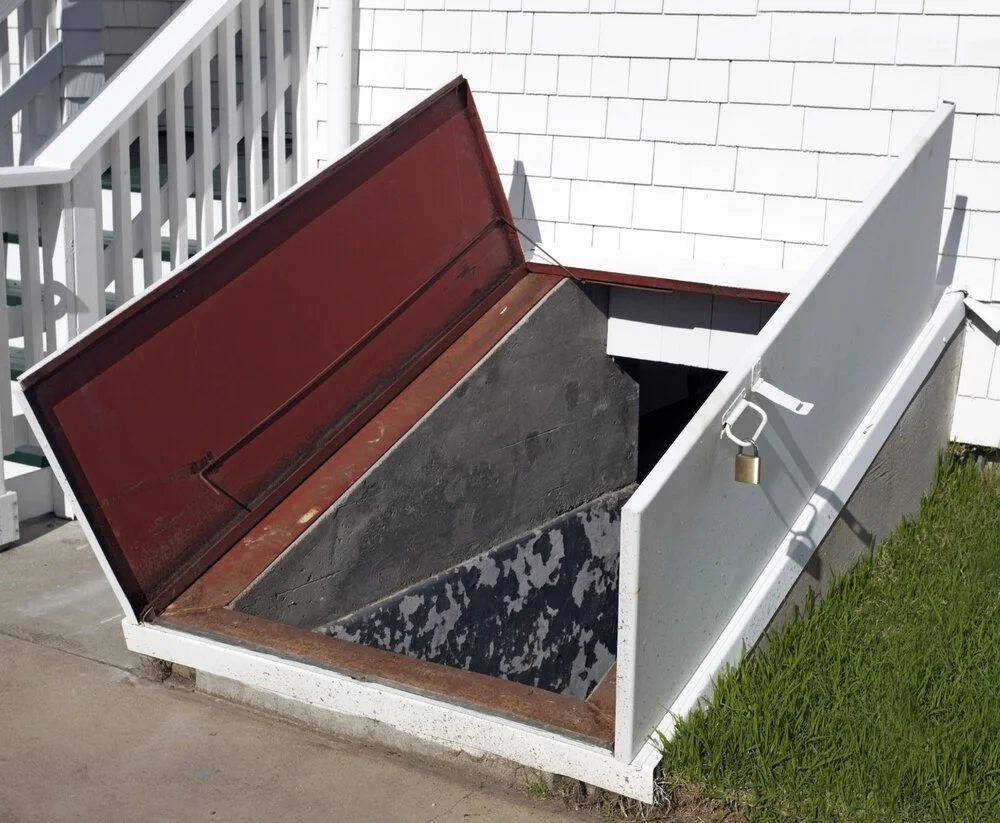Why Do You Need a Storm Shelter?
Do you have a safe place to take shelter when a tornado or hurricane strikes? Is it close? In a matter of seconds can you get there? A safety room, especially for those without basements, can provide life-protectingsecurity during a destructive storm. Following the recent tornado and severe storms outbreak, safety rooms have become more popular and orders are retreating for months in certain areas.
During a tornado, the safe place to be is underground. Bases provide excellent safety but remain vulnerable to waste from above. The most reliable protection against heavy storms is available through completely underground storm shelters (in other words, tornado cellars) but cannot be built in urbanized or fluvial-prone areas.
A safe room differs but offers the same benefits from your typical underground shelter. The Federal emergency management agency (FEMA)defines a safe room as a "structure which provides almost absolute protection against severe storms." All rooms must comply with specific safety standards and have to be constructed according to federal laws.
Every safety room has 250 mph of wind, more than an EF-5 tornado, and more than 3000 pound of force. Usually, they are built in cellars or in garages. A typical room for safeguarding against the wind is made of steel and glass. The concrete foundations are used for all shelters as anchors.
There are two types of rooms – above and below ground when it comes to safe rooms. The same demands must be met by both types of shelters and made of the same materials. U-bodies have a slight advantage, as tornado or hurricane waste cannot affect the shelter's sides, but just the top. You take the chance, however, that your sole exit could be prevented in an underground safe room. This problem does not exist with above ground shelters, but it can hit everywhere. The advantages and disadvantages of both types of safe rooms, but the main thing to remember is that they both offer the same level of protection. Ensure that you have a radio in your shelter to help you stay informed and aware, along with other urgency products.
You should be sure to weigh the different costs and benefits if you consider building a storm shelter at home. Check that all FEMA and NSSA safety standards are compliant with the company during the construction process. To ensure quality, it is always best to go with a confident local company like EF5 Tornado Shelters.

